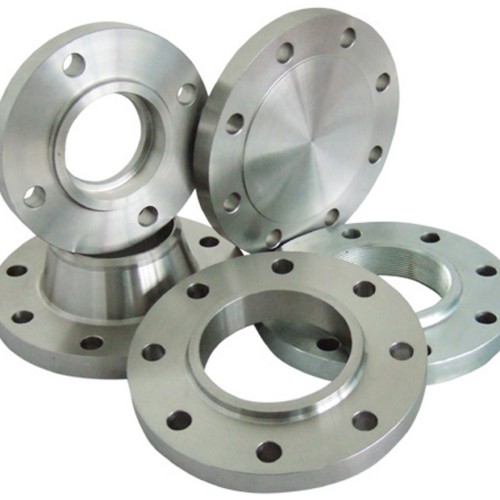Understanding Low Pressure Check Valves and Their Applications in Various Systems
Understanding Low Pressure Check Valves
Low pressure check valves are essential components in various fluid systems, prominently utilized to ensure unidirectional flow while preventing backflow. These devices serve a critical function in process control, plumbing applications, HVAC systems, and even in hazardous fluid transport systems. Understanding their design, function, and applications can be beneficial for engineers, technicians, and anyone involved in fluid management.
What are Check Valves?
Check valves are automatic devices that allow fluids to flow in one direction only. This unique feature makes them indispensable in preventing reverse flow that could potentially cause damage to pumps and other system components. Low pressure check valves, in particular, are designed to operate effectively under low pressure conditions, typically less than 100 psi. This contrasts with high-pressure check valves that function in more demanding environments.
Design and Operation
The design of low pressure check valves typically includes a housing, a valve disc or ball, and a spring mechanism. The valve opens when the fluid pressure from the inlet side exceeds the pressure on the outlet side, allowing flow through the valve. When the inlet pressure drops or reverses, the spring or the weight of the disc closes the valve, thus preventing backflow.
Several types of low pressure check valves exist, including
1. Swing Check Valves These valves use a hinged disc that swings open when pressure is applied from the inlet. They are commonly used in horizontal installations.
2. Lift Check Valves In these valves, the disc is lifted off its seat by the incoming flow. This type is effective in both horizontal and vertical pipe installations.
3. Ball Check Valves Employing a spherical element, ball check valves provide a reliable seal against backflow due to their design.
Applications
low pressure check valves

Low pressure check valves find use in numerous applications across various industries
- Water Supply Systems In municipal and residential water systems, low pressure check valves prevent contamination in the potable water supply by inhibiting backflow from distribution systems.
- HVAC Systems These valves are integral in heating and cooling systems, preventing the reverse flow of water and ensuring efficient operation.
- Pneumatic Systems In pneumatic applications that operate under low pressure, check valves maintain system integrity by preventing air or gas from returning to the compressor.
- Food and Beverage Industry Sanitary check valves are essential in maintaining product quality and safety in food processing and beverage production, preventing backflow that could introduce contaminants.
Advantages of Low Pressure Check Valves
The key advantages of employing low pressure check valves include their reliability, simplicity, and ease of maintenance. They are typically constructed from durable materials, ensuring long service life even under challenging operating conditions. Additionally, their automatic operation minimizes the need for manual intervention, thereby reducing labor costs and mitigating the risk of human error.
Maintenance and Considerations
While low pressure check valves are generally low-maintenance, periodic inspections are recommended to ensure they function correctly. It is vital to check for signs of wear, corrosion, or obstruction within the valve that could impede operation. Furthermore, choosing the right valve type based on the specific application and system design is crucial for optimal performance.
Conclusion
In conclusion, low pressure check valves are fundamental in ensuring efficient and safe fluid transport in various systems. Their ability to prevent backflow while allowing unidirectional flow makes them invaluable in numerous applications. By understanding their design, function, and proper maintenance, professionals can ensure that their fluid systems operate smoothly and efficiently, delivering reliability and safety across industrial and residential infrastructures.
-
3-types-of-check-valves-maintenance-tipsNewsAug.23,2025
-
ball-valves-types-with-trunnion-mounted-designNewsAug.23,2025
-
butterfly-valve-company-production-capabilitiesNewsAug.23,2025
-
fisher-globe-valve-technical-specificationsNewsAug.23,2025
-
types-of-gaskets-for-flanges-selection-guideNewsAug.23,2025
-
wedge-gate-valve-suppliers-quality-standardsNewsAug.23,2025
-
Breakthrough in Domestic Low Temperature Valve Technology in ChinaNewsAug.18,2025




